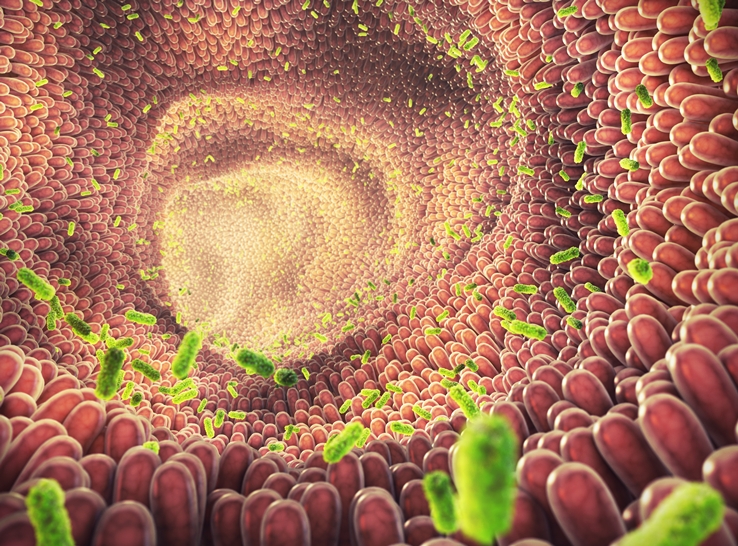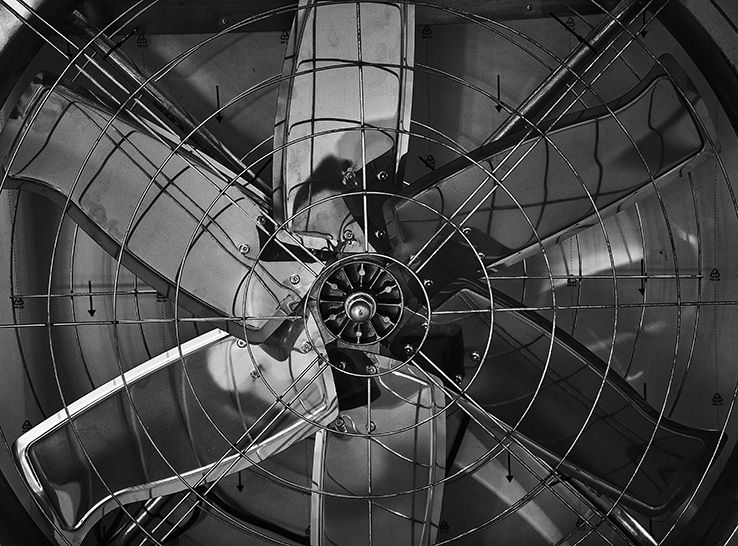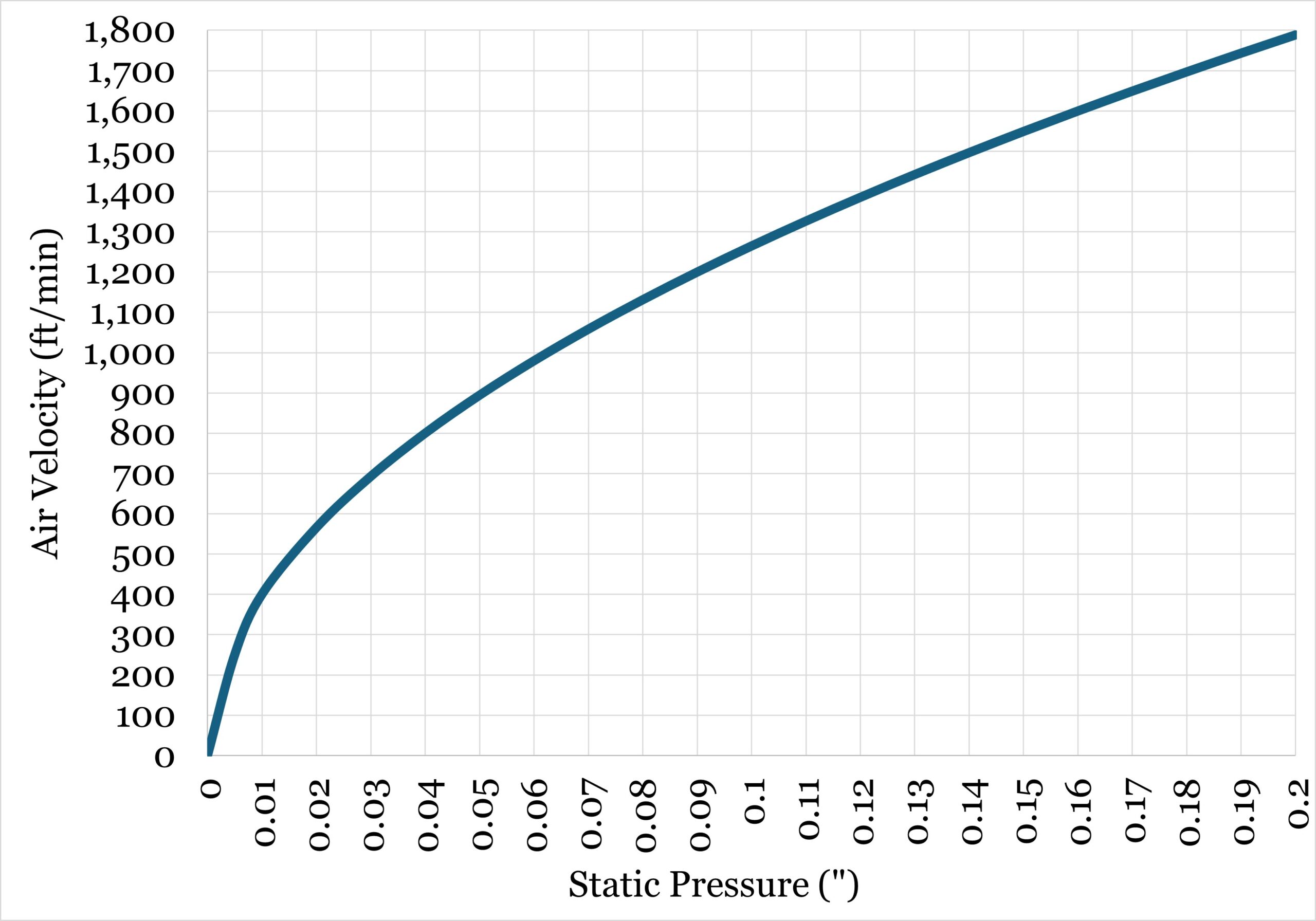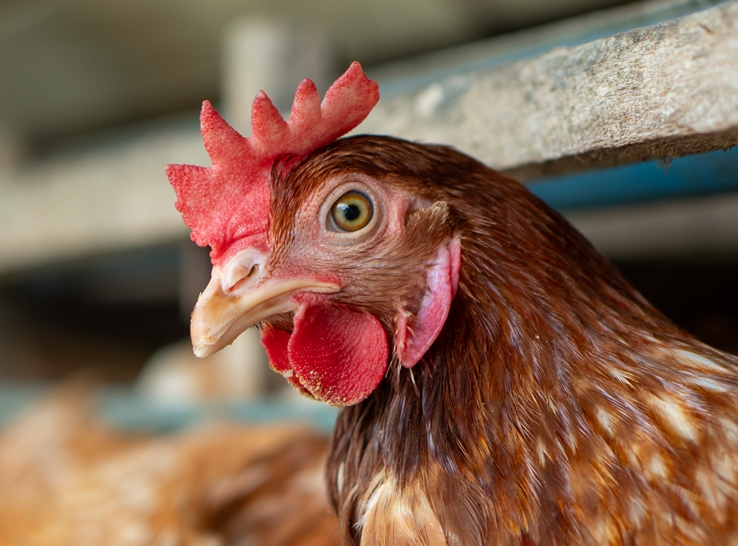By Michael Czarick
Extension Engineer – Poultry
University of Georgia
Department of Poultry Science
During cold weather, an objective of an environmental control system is to bring in small amounts of cold, fresh air uniformly throughout a house to maintain good air quality without chilling the birds or resulting in excessive heating costs. The primary method of obtaining this objective is using a negative-pressure ventilation system.
In a negative-pressure ventilation system, exhaust fans create a low-pressure zone within a house, causing fresh air to enter through air inlets evenly distributed throughout a house.
Air entering through inlets is directed along the ceiling, where it is warmed and dried by the warm air collecting near the ceiling; this warm air is produced by a house’s heating system and the waste heat produced by the birds. The longer the air stays along the ceiling, the more it heats up and dries before slowly moving down to bird level near the center of the house.
Factors to consider
Operating a negative-pressure ventilation system in a poultry house takes careful planning. Here are 10 considerations to think about:
1) Uniform negative-pressure distribution
When a negative pressure is established in a house using air inlets for minimum ventilation, the level of negative pressure will be the same throughout the house. As a result, whether an inlet is 5 ft.’, 50 ft. or 500 ft. (1.5 m, 15 m or 150 m) from an exhaust fan, the same amount of air will enter through all the air inlets.
This fact enables a fan or two to provide the same amount of fresh air to the birds in a house regardless of where they are located within the house.
2) Negative-pressure level determines air speed
The speed of the air entering through an air inlet is determined by the level of negative pressure created by a house’s exhaust fans. The higher the level of negative pressure, the faster the air will enter a house through the house’s inlets (Figure 1).
The typical operating pressure for air inlets is between 0.05 in. and 0.15 in. (13 and 38 Pascals), corresponding to inlet air speeds of 900 to 1,500 ft/min (4.5 and 7.5 m/sec), respectively.
3) Air speed determines negative-pressure level
Because the relationship between static pressure and inlet air speed is so well defined, not only can the level of negative pressure be used to determine inlet air speed, but the converse is also true.
Figure 1 can be used to determine the negative-pressure level by simply measuring the speed of the air entering a house through a side-wall inlet.
4) Influence of outside air temperatures
Generally, the colder it is outside, the higher the level of negative pressure required. This is because the colder it is outside, the heavier the outside air is relative to the warmer air inside the house and the faster the air will tend to fall to the floor upon entering the house.
As a result, it is typically suggested to maintain static pressure between 0.10 in. and 0.15 in. (25 and 38 Pa) when it is cold outside (over 20o F or 11° C cooler outside than inside). In contrast, pressures between 0.05 in. and 0.10 in. (11 and 25 Pa) can typically be used successfully during warmer times of the year (outside air temperature is +/-20o F or 11° C of the inside temperature).
5) Size of inlet openings
Increasing a controller’s target static pressure will result in the air entering a house at a higher speed, but it may or may not increase how far incoming cold air travels across the ceiling. This is because a poultry house controller increases the static pressure by reducing the size of the inlet openings throughout a house.
So, although a higher static pressure increases air velocity, which tends to increase how far an air jet will move across a ceiling, reducing inlet opening size tends to decrease how far an air jet will move across a ceiling.
Therefore, it is often best to increase the operating static pressure by closing half or more of a house’s air inlets to obtain optimal mixing of the incoming air during minimum ventilation.
6) Factors to determine optimal pressure
House width is a factor in determining the optimal static pressure, but it’s not the only one. There are various other factors to consider, including inlet design, inlet opening, inlet location, ceiling smoothness and ceiling slope.
The most important factor to consider is the inside/outside temperature difference.
Understanding and considering these factors is crucial in determining the optimal static pressure for the system’s effective operation.
7) Determining inlet-opening size
Regarding minimum ventilation, the recommended inlet-opening size typically falls between 1 in. and 3 in. However, this is not a one-size-fits-all solution.
It’s essential to understand that the correct inlet opening is influenced by a multitude of factors, such as inlet design, inlet location, ceiling smoothness, ceiling slope and inside/outside temperature difference.
8) Timer-fan capacity
During brooding, it is generally recommended to use approximately 1 cubic foot per minute (cfm) of timer-fan capacity per square foot of total house floor space for minimum ventilation (1 cfm per ft2 or 18 cmh per m2).
For instance, in a 20,000 ft2 (1,860 m2) house, a grower would ideally start with 20,000 cfm (34,000 cmh) of timer-fan capacity. In a 30,000 ft2 (2,790 m2) house, 30,000 cfm (51,000 cmh) of timer-fan capacity would be used. Using more than this will often result in significant variations in house temperature and air quality each time the minimum-ventilation fans cycle.
Using less than 1 cfm/ft2 in most houses will not generate a sufficient negative pressure to get air inlets to open the requisite 1 to 3 inches with a negative pressure between 0.10 in. to 0.15 in. (25 to 38 Pa).
As the birds get older and become better able to tolerate momentary decreases in house temperature, minimum-ventilation timer-fan capacity can be increased to 1.5 cfm/ft2 (27 cmh/m2) and then 2 cfm/ft2 (37 cmh/m2).
9) Interval timers
It is generally recommended to use a 5-minute interval timer to control minimum ventilation-fan runtime. Using a 10-minute interval timer will cause twice the amount of house temperature and air quality variation to occur during each timer cycle.
Though using a 3-minute interval timer will tend to create more uniform conditions, this timing interval can cause excessive strain on inlet machines, cabling and fan motors. Therefore, a 3-minute interval timer should be considered for use only during very cold weather for short periods of time.
10) Minimum-ventilation fan location
Generally, because the negative pressure established by a house’s minimum-ventilation fans will be the same throughout a house, their precise location is not paramount.
That being said, it can often prove helpful to operate minimum-ventilation fans in the cooler areas of a house, such as tunnel fans and tunnel-inlet end walls, where they will tend to quickly pull leakage for poorly fitting tunnel-fan shutters and tunnel doors out of the house, as well as pull warm air from the center of the house into these areas.
Final thoughts
In conclusion, optimizing a negative-pressure ventilation system in poultry housing during cold weather is essential for maintaining air quality while minimizing heating costs and preventing bird discomfort.
By carefully managing factors such as static pressure, inlet size and air velocity, growers can ensure effective air distribution and maintain a stable environment within the house. In addition, understanding the interplay between static pressure and air speed, as well as adjusting for external temperature variations, allows for more precise control over ventilation.
Adhering to these guidelines will help optimize air quality, promote bird health and enhance overall operational performance in cold weather conditions.
Editor’s note: The opinions and/or recommendations presented in this article belong to the author and are not necessarily shared by Modern Poultry.








